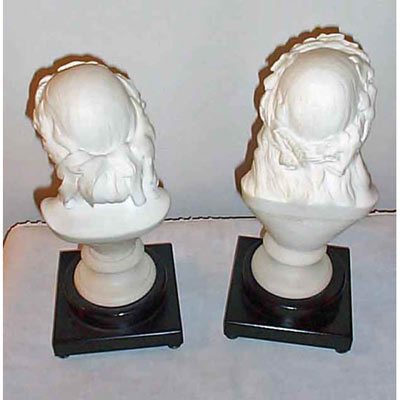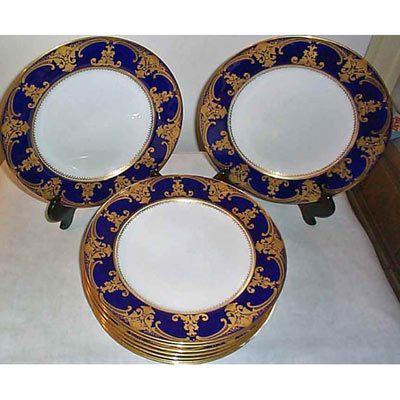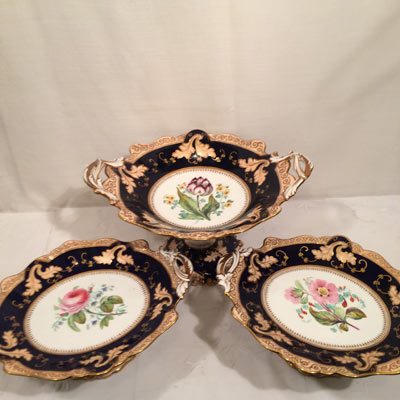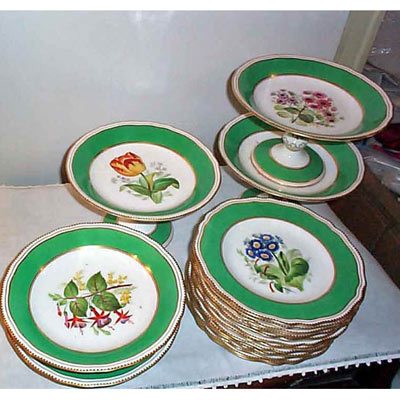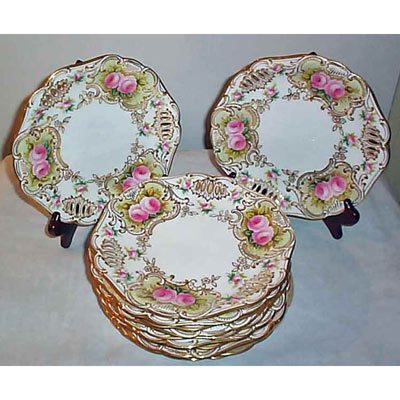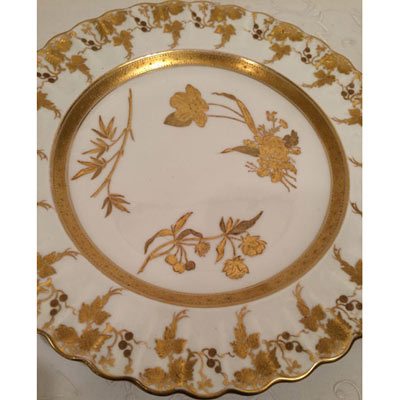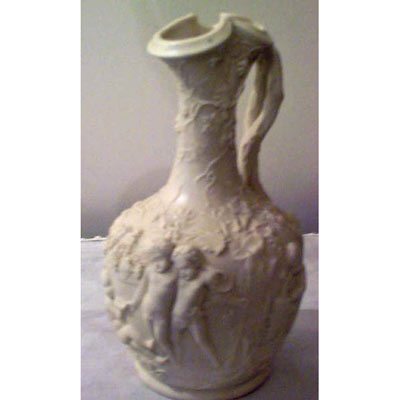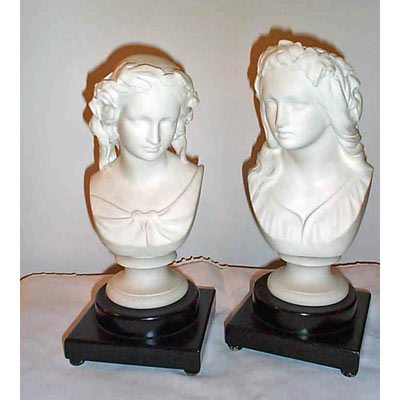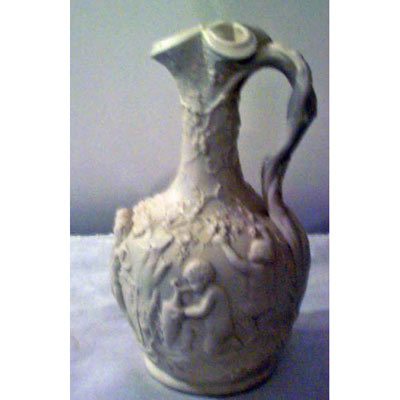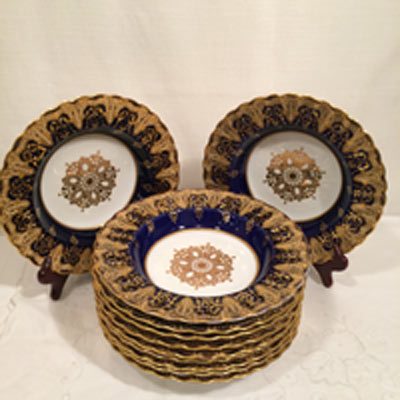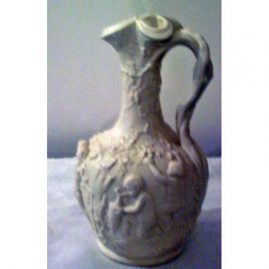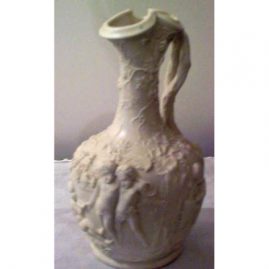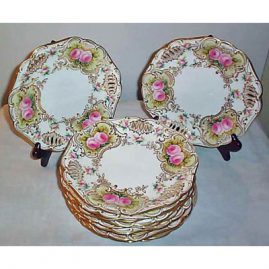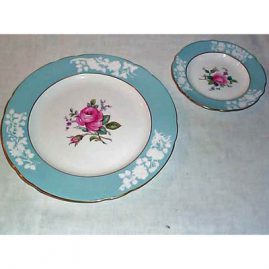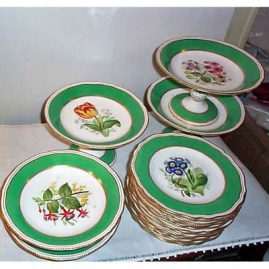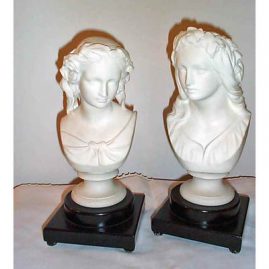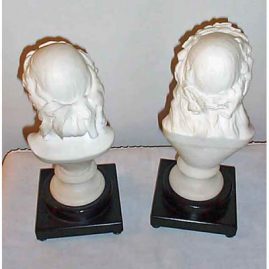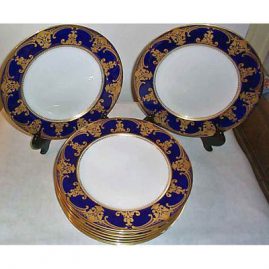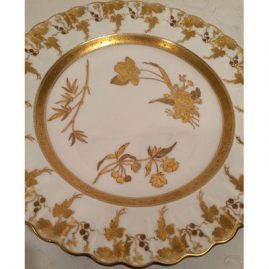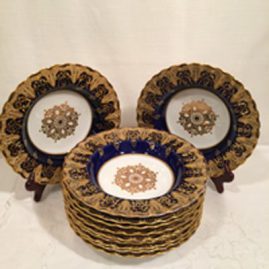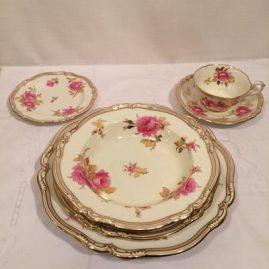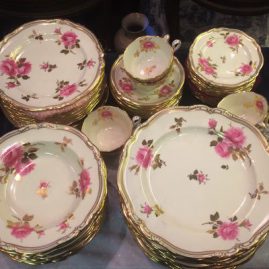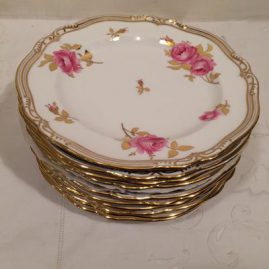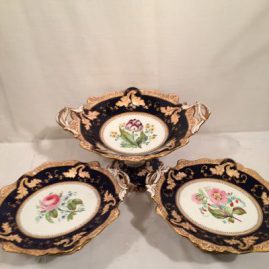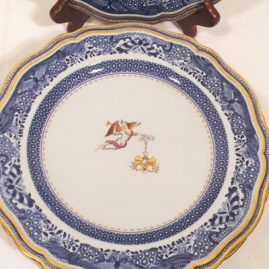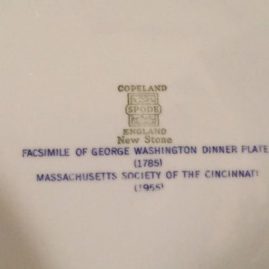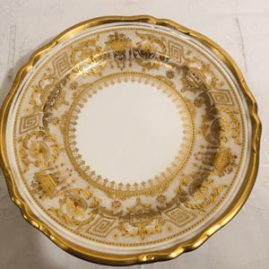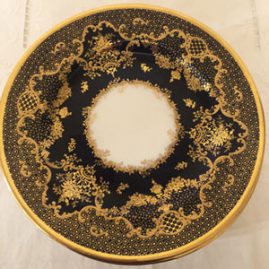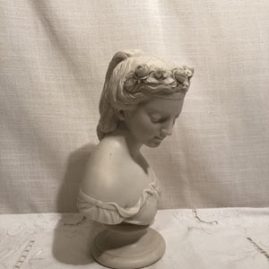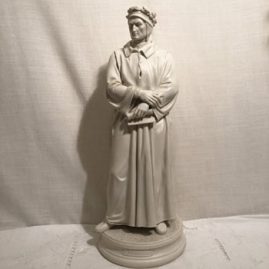Antique Spode China, Antique Copeland China, Antique Spode Dinnerware
Elegant Findings Antiques Has a Wonderful Collection Of Antique Spode China and Dinnerware.
click on the images below to see a description of the item and a larger image.
Josiah Spode or Spode1 introduced Spode ceramics into Staffordshire, England in 1789. Spode1 worked at the Whieldon factory from 1754-1759. He became Thomas Whieldon’s partner. Also, Josiah Wedgwood worked at the Whieldon factory during this period.
The Whieldon factory was making salt glazed ceramics and ceramics with mottled and tortoiseshell colors at this time. The Whieldon factory never put any marks on their ceramics.
In 1776, Spode1 bought a factory in Stoke on Trent called “The Meadow”. At this time, Spode made basalt and jasper ceramics. Spode was intrigued with Chinese motifs. He started to produce ceramics with blue underglaze printing, having Chinese figures or willows on them. In the late 18th century, Spode1 started to add calcined bones to his stone and clay. This was the beginning of bone china.
The new home of Spode was on Portugal Street. It was a very large London warehouse where Spode’s distribution took place. Spode made jugs in all sizes with hunting scenes or cherubs, often having grape or vine decoration. He hired a family of printers who were experts in transfer printing. Spode Italian was introduced in 1797. The willow and the Canton patterns were also copied in underglaze blue printing. This family was with the Spode factory for 3 generations. Spode specialized in making useful wares.
Spode1 died in 1797, who was succeeded by his son Josiah Spode2. In 1806, Spode2 was doing well and the business was prospering. They employed 800 people and had 18 large furnaces that they used three times a day. Later, in 1806, Napoleon’s Berlin decree closed the markets in Europe. The potteries could no longer export their wares. People were starving as food was very expensive. In 1820 after there was peace again, exports were still down. This was a difficult time for the Staffordshire potteries. They all competed against each other.
Spode2 was offering every kind of tableware he could think of especially in the blue underglaze printing. Spode’s selection included English scenes, Italian, ruins and Aesop’s Fables.
In 1819, Thomas Ryan discovered feldspar deposits in a mine. He did experiments and realized the feldspar made the composition and the glaze of the porcelain superior. He gave these results to Spode2. Now we know that bone China is made of bone ash, feldspathic material and kaolin. Ryan gave Spode the results of his work. Spode began to make feldspar china and marked it as this.
Spode2 died in 1827. The Spode company began its Copeland period in 1833 on Portugal Street. It was a beautiful showroom. The Queen and other nobility and important people came to exibitions to buy their dinner services there. In 1833, the company was known as Copeland and Garrett. They often used Spode marks on their wares. In1847 to around 1966, they were called W.T. Copeland and Sons. They were known for their bone china and their parian figures. Spode had the reputation of producing the best bone china in the world. They also made beautiful hand painted porcelain.
In 2009, Spode was bought by the Portmerion Pottery.
Feel free to call Elegant Findings Antiques if you have any questions about our antique Spode china. You can also follow me on my new Instagram account at elegantfindingsantiques.
If you want to see other English China Please look at Antique English China, p2Antique English China, p2

